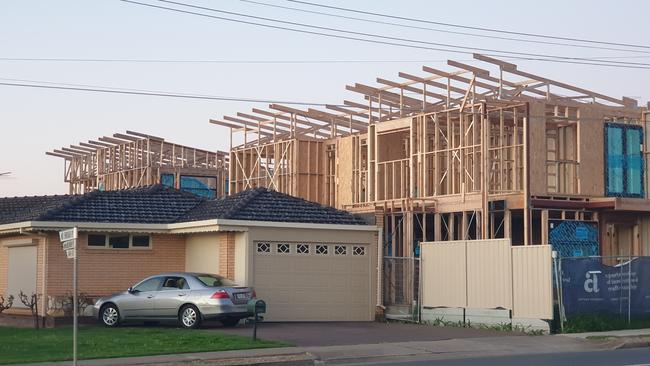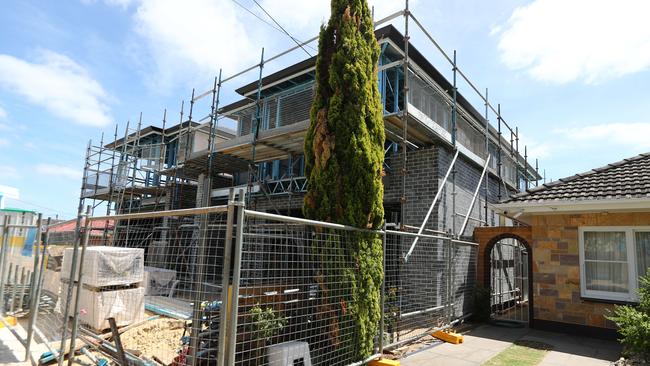SA planning reforms complex and will create uncertainty, LGA says
Spruiked as a once-in-a-generation reform, a revamp of state’s planning rules has councils and developers on edge.
A draft rule book aimed at simplifying the state’s planning system is instead hard to interpret and risks adding time and costs to planning applications, the peak council authority warns.
The Local Government Association has expressed concern over sweeping planning changes with the rollout of a single 3000-page planning and design code to replace 72 council development plans.
Code architect the State Planning Commission has maintained the reform will remove ambiguity but the LGA says the proposed planning manual has introduced “grey areas” that risk making development application process more “confusing, costly and time consuming”.
“Greater certainty is needed for developers, councils and communities,” it says in a submission to the State Government.

“While a new planning system was intended to increase certainty, in considering how the draft code might apply in practice, councils have found policies difficult to interpret.
“This creates the risk that the code will be interpreted differently at the individual development assessment level, and through the Environment Resources and Development Court should the code be implemented in its current form.”
The code is already operational in Outback areas and is legislated to be switched on in regional areas in April and the rest of the state by July.
Consultation for regional councils closed after eight weeks last month, while metropolitan councils have until February to air their grievances.
The LGA also raised concern that the commission has not provided effective consultation nor engaged adequately with councils on the development of the code, echoing concerns aired by Salisbury Council.

“The current consultation on a paper based draft code is difficult to navigate and understand and does not support a high degree of transparency,” the submission says.
It says the draft document has adopted an “oversimplified, one size fits all approach” and contains “errors, omissions and instances of imprecise language that compromise the effective application of policy”.
“Oversimplified policy runs the risk of creating less certainty and less efficiency in the system, notwithstanding negative impacts on the ground,” it says.
It also says that councils have found that assessment and public notification requirements for “routine development applications” can be more onerous under the code.
But the code, it says, reduces notification for more significant development such as buildings up to eight storeys.
Urban Development Institute Australia SA branch chief executive Pat Gerace, who represents property developers, said early observations were that the system was “more onerous than we thought it would be”.
“Our members have expressed significant concern about the very onerous public notification requirements and referrals to get developments approved,” he said.
Planning Minister Stephan Knoll previously told The Advertiser that consultation was opened for an “unprecedented five months” and that there had been “thorough consultation on may aspects of the proposed reforms to date”.
Greens MLC Mark Parnell introduced a bill into parliament last month that would give Mr Knoll power to delay the code’s start date.
